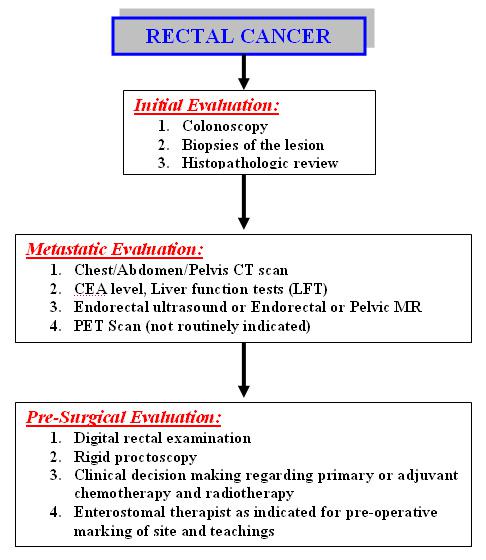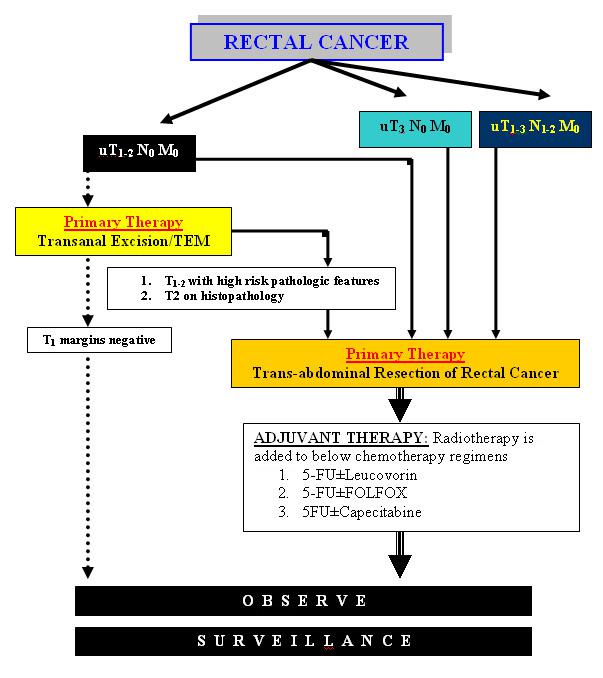“It’s time make your health a priority.”
Take action to be healthy and safe and encourage men and boys in your life to make their health a priority. Learn about steps men can take each day to improve health.
Celebrate National Men’s Month
Get Good Sleep
Adults need between 7-9 hours of sleep. Insufficient sleep is associated with a number of chronic diseases and conditions, such as diabetes, cardiovascular disease, obesity, and depression. Also, poor sleep is responsible for motor vehicle and machinery-related accidents.
Toss out the Tobacco
It’s never too late to quit. Quitting smoking has immediate and long-term benefits. It improves your health and lowers your risk of heart disease, cancer, lung disease, and other smoking-related illnesses.
Also avoid secondhand smoke. Inhaling other people's smoke causes health problems similar to those that smokers have. Babies and kids are still growing, so the poisons in secondhand smoke hurt them more than adults.
Move More
Adults need at least 2½ hours of moderate-intensity aerobic activity every week, and muscle strengthening activities that work all major muscle groups (legs, hips, back, abdomen, chest, shoulders, and arms) on two or more days a week. You don't have to do it all at once. Spread your activity out during the week, and break it into smaller amounts of time during the day.
Eat Healthy
Eat a variety of fruits and vegetables every day. Fruits and vegetables have many vitamins and minerals that may help protect you from chronic diseases. Limit foods and drinks high in calories, sugar, salt, fat, and alcohol.
Tame Stress
Sometimes stress can be good. However, it can be harmful when it is severe enough to make you feel overwhelmed and out of control. Take care of yourself. Avoid drugs and alcohol. Find support. Connect socially. Stay active.
Stay on Top of Your Game
See your doctor or nurse for checkups. Certain diseases and conditions may not have symptoms, so checkups help identify issues early or before they can become a problem.
Pay attention to signs and symptoms such as chest pain, shortness of breath, excessive thirst, and problems with urination. If you have these or symptoms of any kind, be sure to see your doctor or nurse. Don’t wait!
Keep track of your numbers for blood pressure, blood glucose, cholesterol, body mass index (BMI), or any others you may have. If your numbers are high or low, your doctor or nurse can explain what they mean and suggest how you can get them to a healthier range. Be sure to ask him or her what tests you need and how often you need them.
Get vaccinated. Everyone needs immunizations to stay healthy, no matter how old you are. Even if you had vaccines as a child, immunity can fade with time. Vaccine recommendations are based on a variety of factors, including age, overall health, and your medical history.


